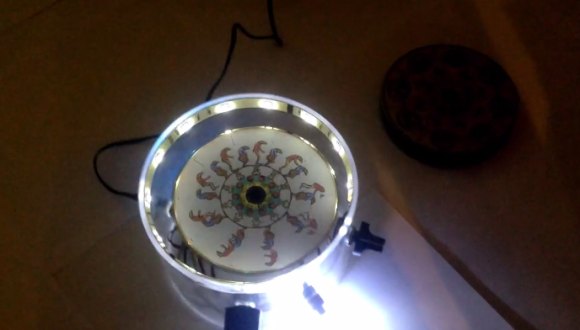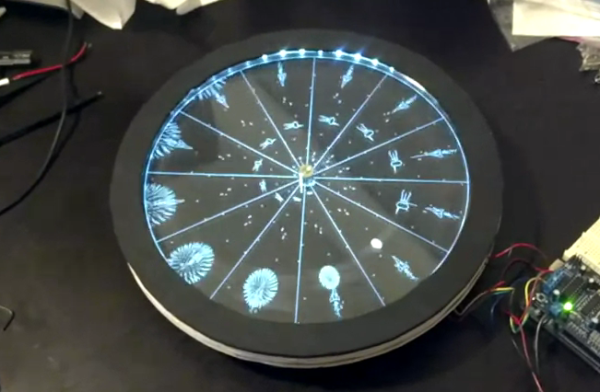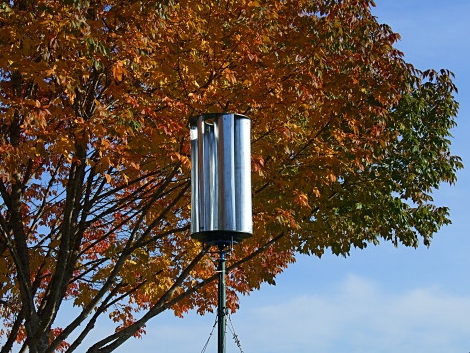![]()
We’ve seen a few builds from the Flite Test guys before, like a literal flying toaster, airsoft guns mounted to planes, and giving an electric plane an afterburner (that actually produced a little extra thrust). Now the Flite Test crew is gearing up for the Flite Fest, an all things remote-controlled flight convention in Malvern, Ohio during the last weekend in July. Seems like a pretty cool way to spend spend a weekend.
Unless you get one of those fancy resistor kits where every value has its own compartment in a case or plastic baggie, you’ll soon rue the day your loose resistors become disorganized. [Kirll] has an interesting solution to hundreds of loose resistors: packaging tape. If you want a resistor, just grab a pair of scissors.
Okay, these Adafruit “totally not Muppets™” are awesome. The latest video in the Circuit Playground series is titled, “C is for Capacitor“. There’s also “B is for Battery“, because when life gives you lemons, light up an LED. Here’s the coloring book.
A few years ago, a couple of people at the LA Hackerspace Crashspace put together an animated flipbook device – something between a zoetrope and the numbers in those old electromechanical clocks – and launched a kickstarter. Now they’re putting on a show, presented by Giant Robot, featuring the animated art of dozens of artists.
Vintage electronics? Yes. Vintage Soviet electronics? Here’s 140 pages of pictures, mostly of old measurement devices.



















